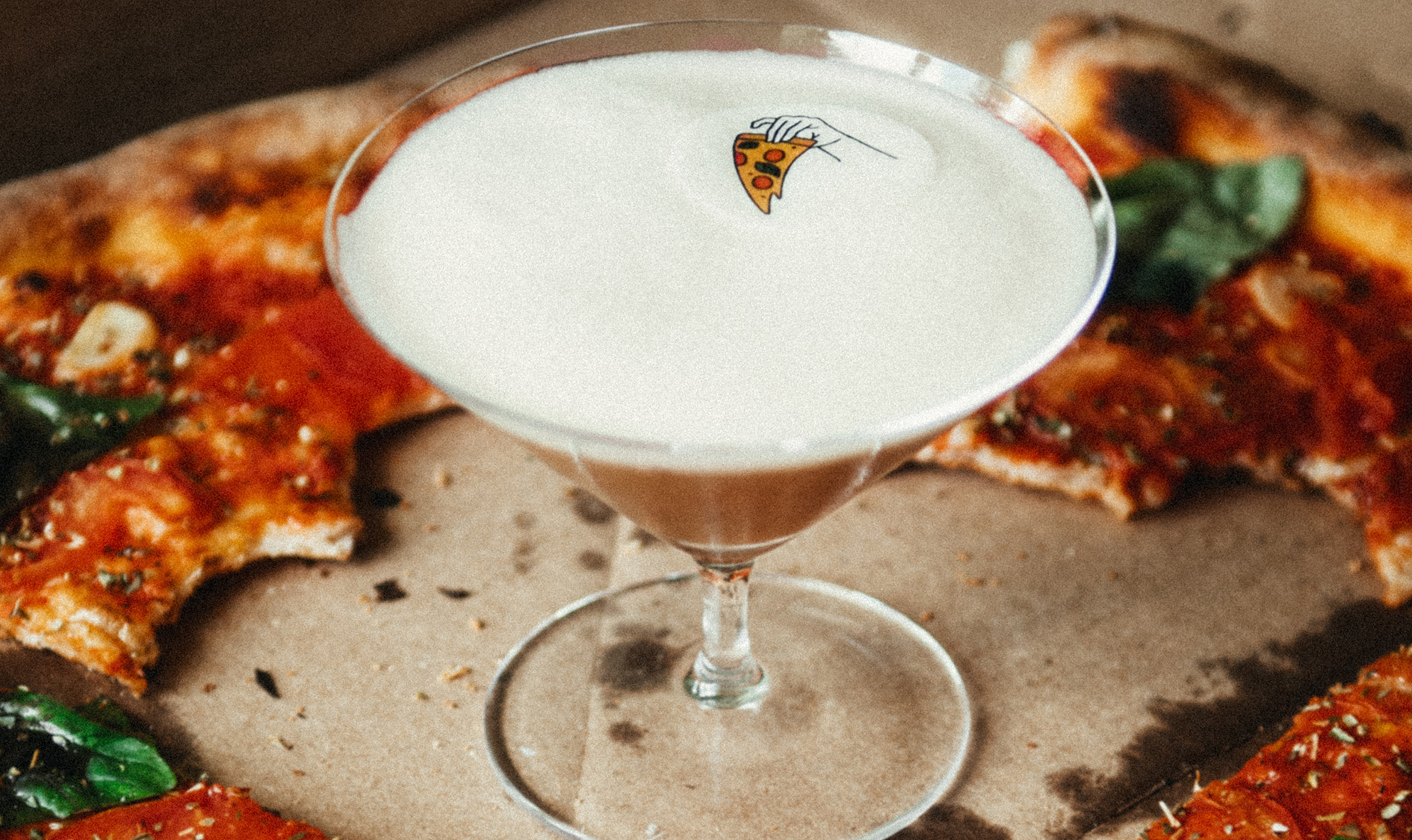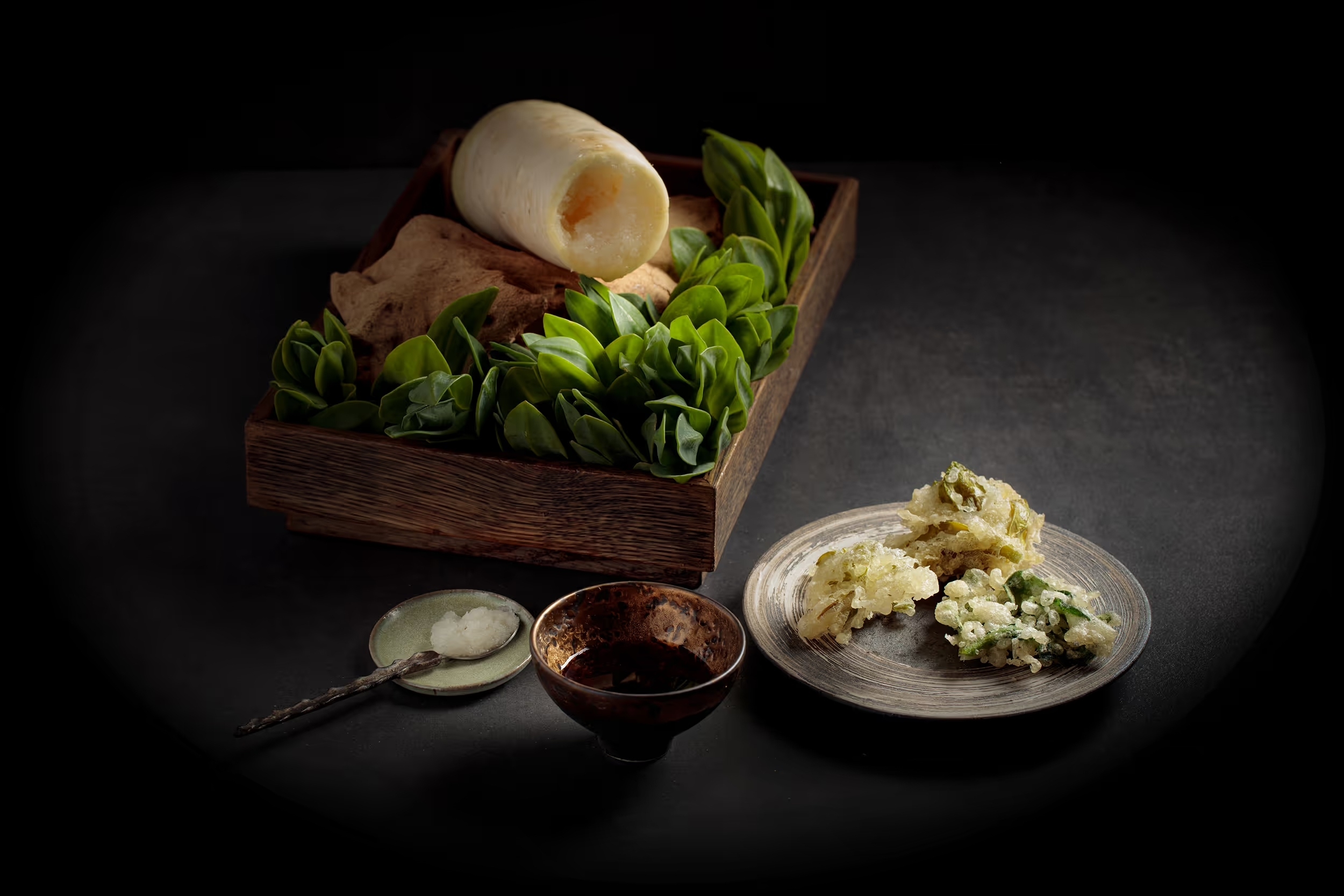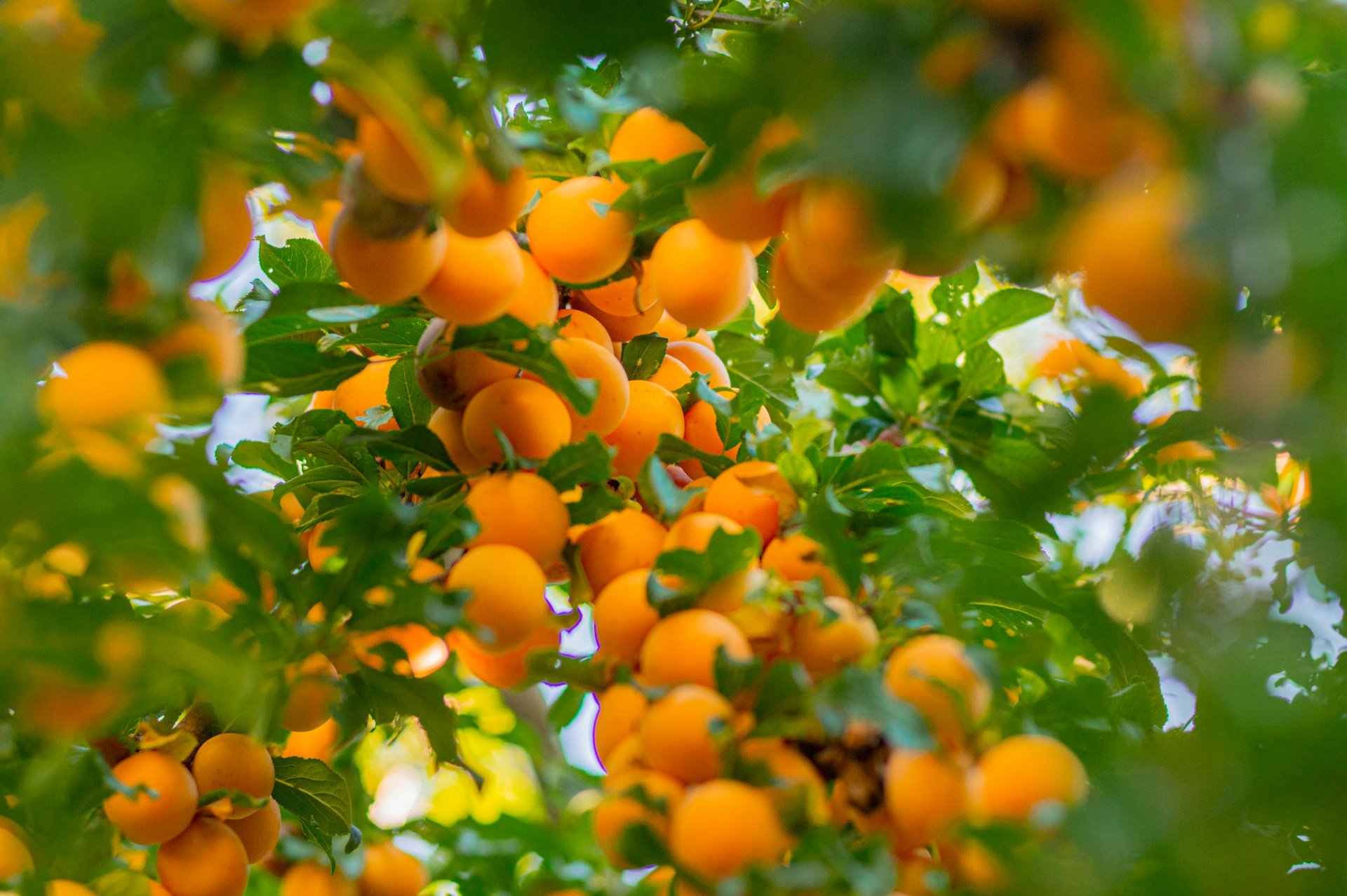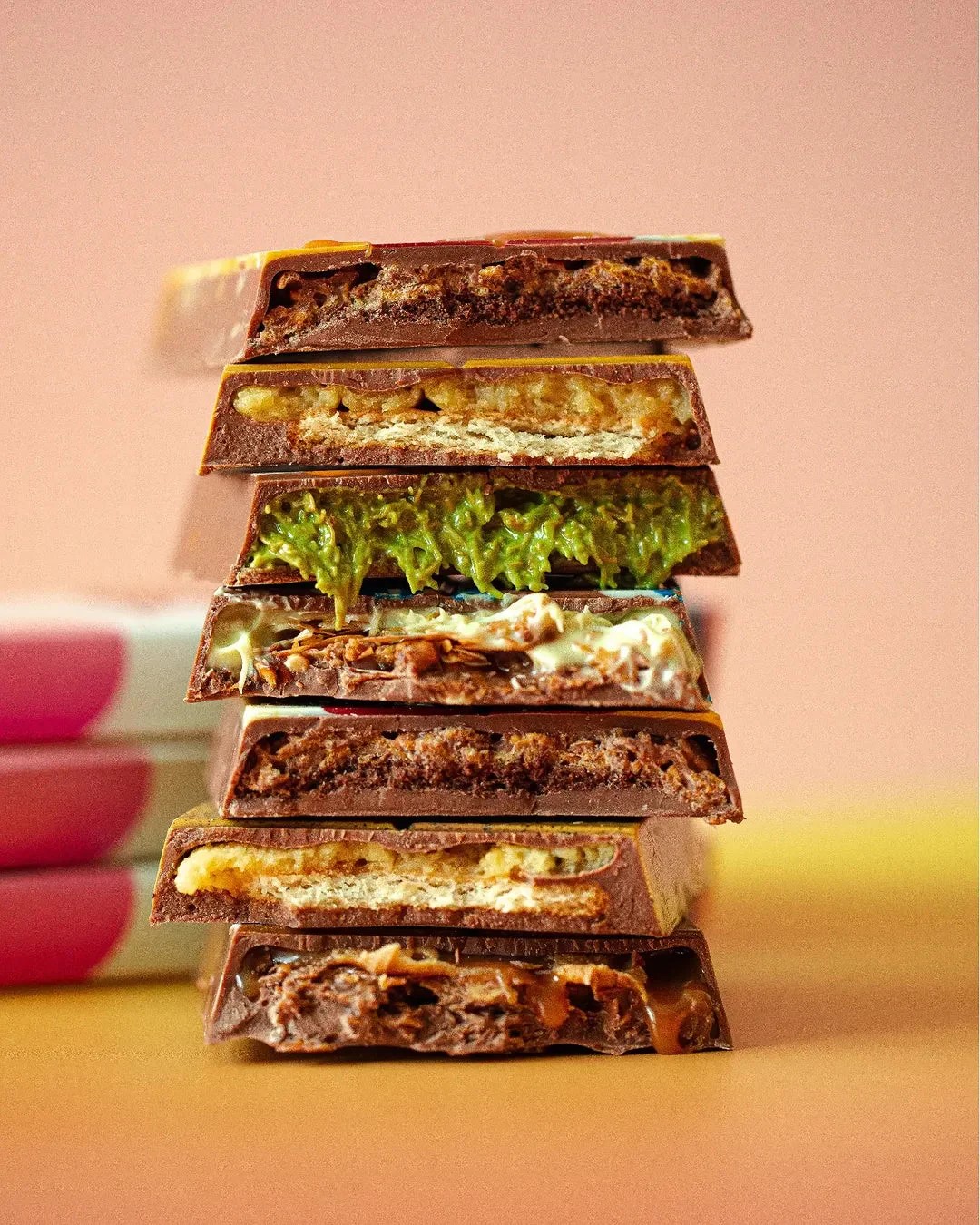The food and beverage industry has always thrived on reinvention, but the coming years promise an especially adventurous wave of innovation. From cocktails that taste like meals to third-culture dishes and textures that surprise the palate, here’s a look at the forces set to define F&B in 2025 and beyond.

Meals, Reimagined as Drinks
The cocktail glass is becoming the stage for flavours once reserved for the dinner plate. Sweet, sugary mixes are giving way to umami-rich sips layered with spice, bitterness and salinity. Mixologists are borrowing the profiles of iconic meals and transforming them into liquid form. In New York, Double Chicken Please has won cult status with creations like the Cold Pizza—an inventive blend of tequila, parmesan, burnt toast, tomato, and basil. Across the globe, French bar Danico riffs on Indonesian nasi goreng with spiced syrup, tofu, and egg, while Hong Kong’s Thai Beef Salad cocktail delivers beef, peanut, lime, chilli, and rum in a sip that borders on surrealism. This trend reflects consumers’ hunger for experiences that push boundaries, proving that the line between kitchen and bar has never been thinner.
.jpg)
The Rise of Third-Culture Cuisine
Globalisation has set the table for an entirely new genre of cooking: third-culture cuisine. This movement sees chefs blending the culinary heritage of their families with the flavours of their adopted homes, creating something entirely unique. By 2024, these cross-cultural hybrids are no longer novelties—they’re becoming genres of their own, inspiring packaged goods and restaurant concepts alike. Cape Town’s FYN restaurant exemplifies the spirit, with chef Bea Malherbe layers South African ingredients such as springbok with Japanese influences like Hokkaido pumpkin. Meanwhile, in Los Angeles, bartenders experiment with Nankai Shochu, a Japanese spirit, to craft wafu cocktails that playfully intertwine Italian aperitivo traditions. As diners become more comfortable navigating multiple cultural references in a single dish, the hybrid table is set to flourish.

The Psychology of Colour in Food and Drink
Modern gastronomy isn’t only about taste—it’s increasingly about how it makes us feel. Take matcha, for example, a drink that went viral not just because of its taste, but also because of its look. From vivid green lattes to velvety tea ceremonies, matcha has become a global icon of wellness and flavour, embodying both nourishment and mindfulness.

Apricot has had its own moment in the spotlight too, inspiring everything from artisanal jams and pastries to refreshing summer drinks. Beyond its sweet, sun-kissed flavour, apricot carries a natural symbolism of health and vitality. This connection between colour and emotion is captured in WGSN’s Colour of the Year for 2024: Apricot Crush. With its vitamin-charged brightness, the shade embodies a full-spectrum approach to wellbeing and reflects a growing shift towards holistic lifestyles. In a period of uncertainty, soothing hues like matcha green and apricot crush will continue to resonate deeply with future consumers—offering both a psychological mood boost and a visual reminder of balance, optimism, and the life-affirming beauty of nature.

The Playfulness of Texture
The viral success of FIX Dessert’s Dubai Chocolate—a crunchy, pistachio-filled milk chocolate layered with knafeh—proved that texture is the secret ingredient to capturing both taste buds and algorithms. By 2025, pistachios had surged 35% in global search interest, while searches for Dubai Chocolate spiked by 128%. This appetite for multisensory bites signals an opportunity for brands to embrace play. Texture is no longer just an accent—it’s the main event, delivering fun, shareable, and almost toy-like experiences designed for the social media generation. From chewy layers to crunchy surprises, food is becoming a playground of physical sensations, with “enhanced mouthfeel” the phrase to watch.

Hyper-Localisation as Differentiator
As global tastes mingle, local nuance is emerging as the true differentiator. Climate, spice tolerance, and cultural expectations all influence how flavours are received. In hotter regions, food and drink skew toward refreshing, acidic, and sweet; in colder regions, subtler notes are savoured. The solution lies in hyper-localisation—designing drinks and dishes that showcase ingredients tied to a specific region, or practices rooted in its traditions. Not only does this deepen cultural connection, but it also strengthens sustainability by celebrating what is seasonally and locally available.

The F&B industry of tomorrow will not be defined by a single mega-trend, but by a mosaic of movements that blend culture, craftsmanship, and creativity. Diners will sip their dinners, eat across borders, find comfort in colours, delight in textures, and connect through local stories. For chefs, bartenders, and brands, the challenge will be to keep innovating while staying authentic. For consumers, the reward will be a dining landscape richer and more exciting than ever before.